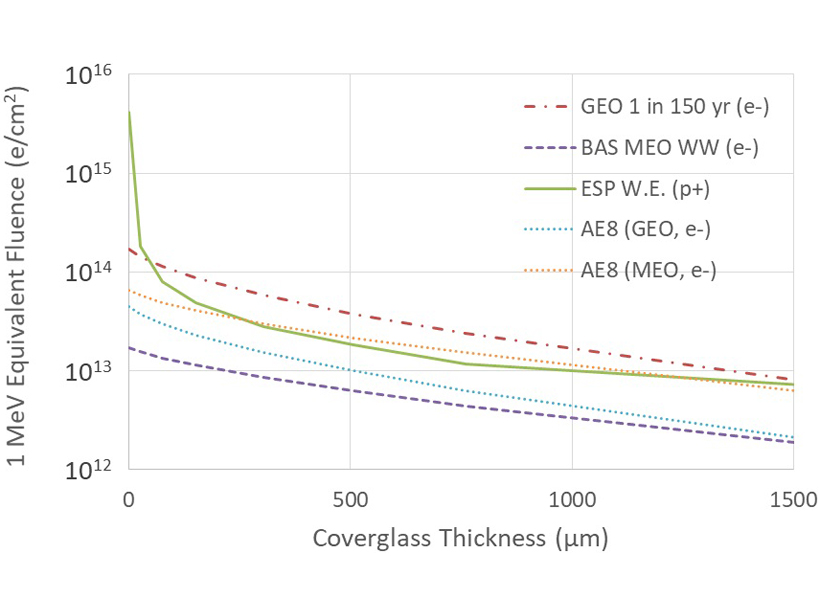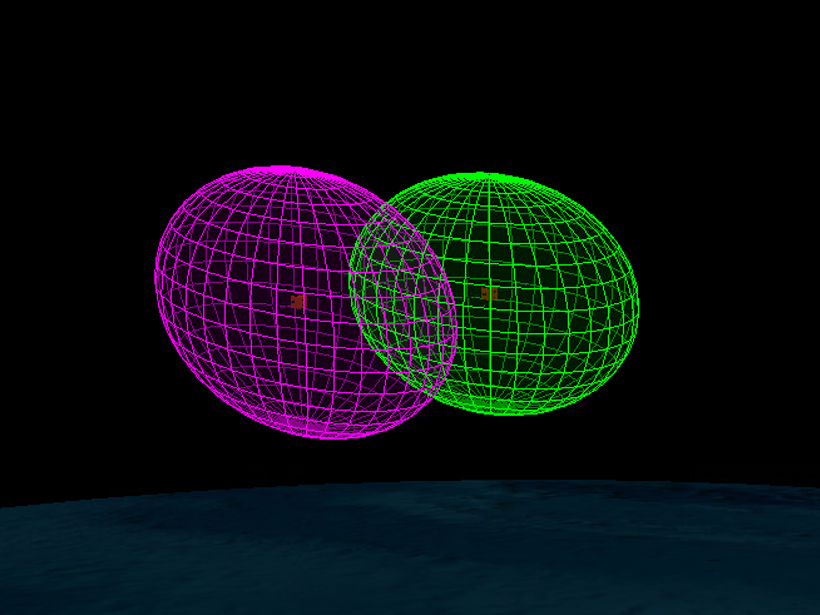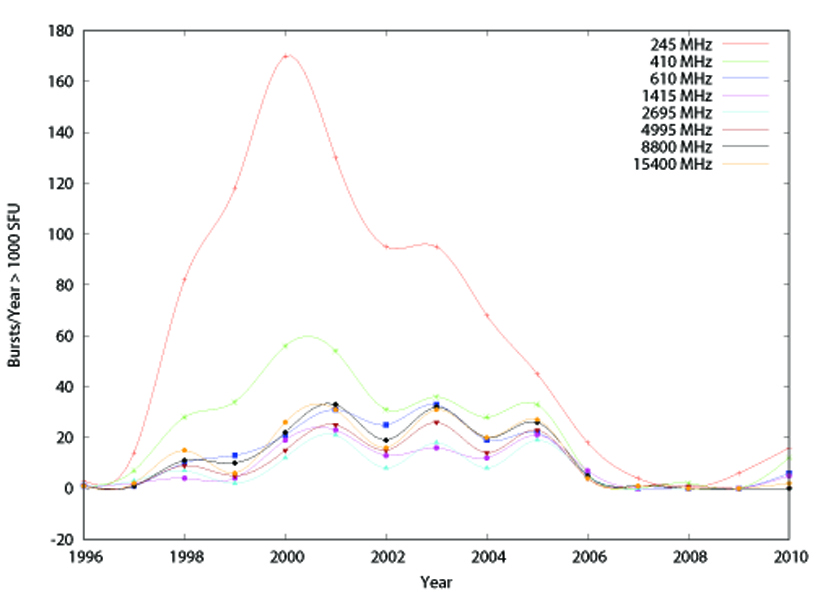Under a new mandate, consortia of the world’s major space weather centers will disseminate new space-weather advisories for civil aviators representing a significant change-of-state for space weather.
D. J. Knipp
Editor in Chief, Space Weather (until Sept 2019)
Extending the Envelope for Known Safe Locations in Space
When unattached electrons collide with spacecraft, the build-up of electric charge can cause malfunctions, but recent observations model near-Earth regions that are likely safe zones.
Assessing the Benefits of Improved Space Weather Forecasting
A new framework assesses the economic impact of space weather on power distribution networks and the supply of electricity.
Double Threat to Solar Panels in Space
Protons accelerated in solar storms and electrons accelerated in geospace storms can reduce space mission lifetimes. What is the likelihood of extreme events during geospace storms?
Predicting and Avoiding Collisions in Space
Solar wind drivers affecting the satellite environment have about a one hour predictive horizon, but solar wind speed periodicities and ensemble modeling can extend the forecast interval.
Improving Temperature Forecasts in the Upper Atmosphere
Scientists are blending output from multi-year model runs to improve temperature forecasts in regions where satellites experience “drag,” in the hopes of avoiding future spacecraft collisions.
Comparing the Accuracy of Geomagnetic Field Models
Improved accuracy and optimization of models could benefit many applications.
A Survey of Solar Radio Burst Statistics
National solar radio archive records have substantial missing data potentially affecting the ability to benchmark extreme solar events.
Imaging the Sun’s Atmosphere
The technique of heliospheric imaging could be valuable for future space weather operations.
Subduction, Stratosphere, Starspots, and Sushi
Highlights from AGU’s joint meeting with the Japan Geophysical Union.










